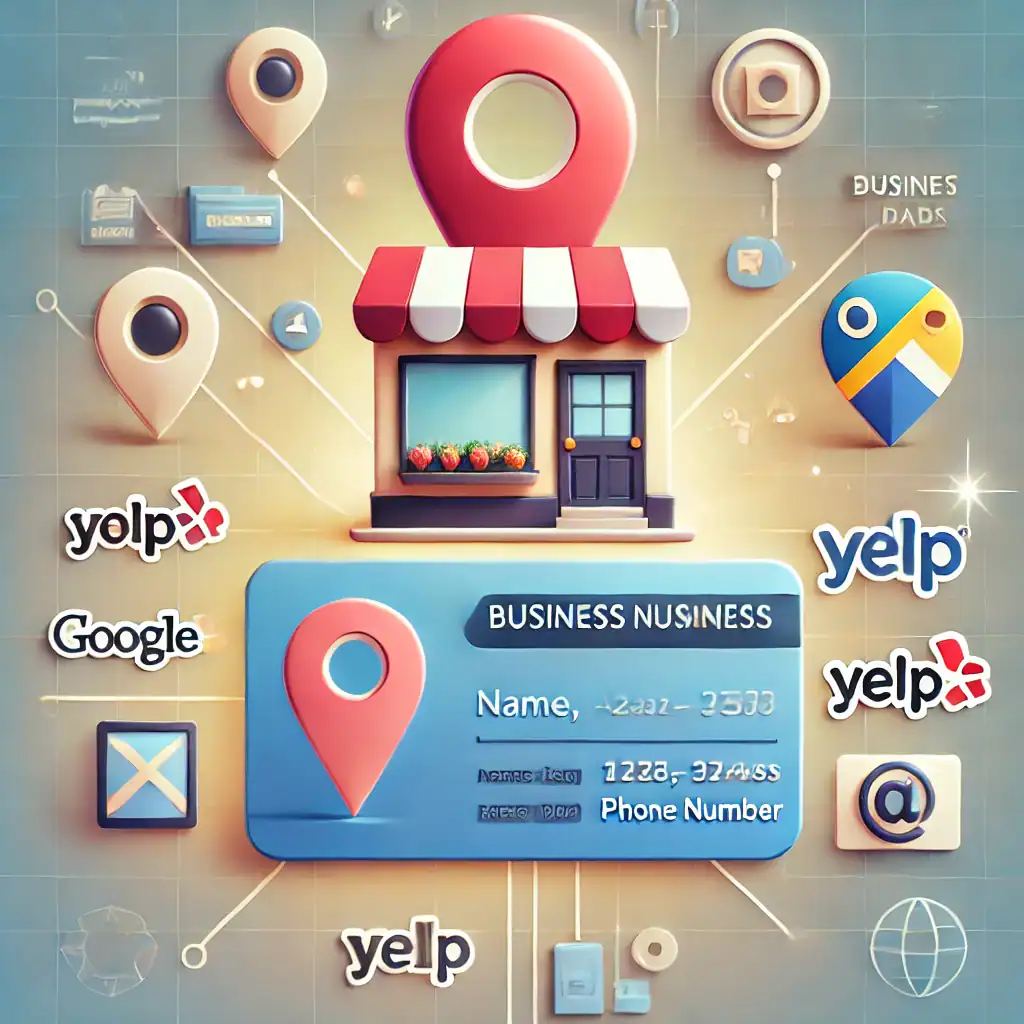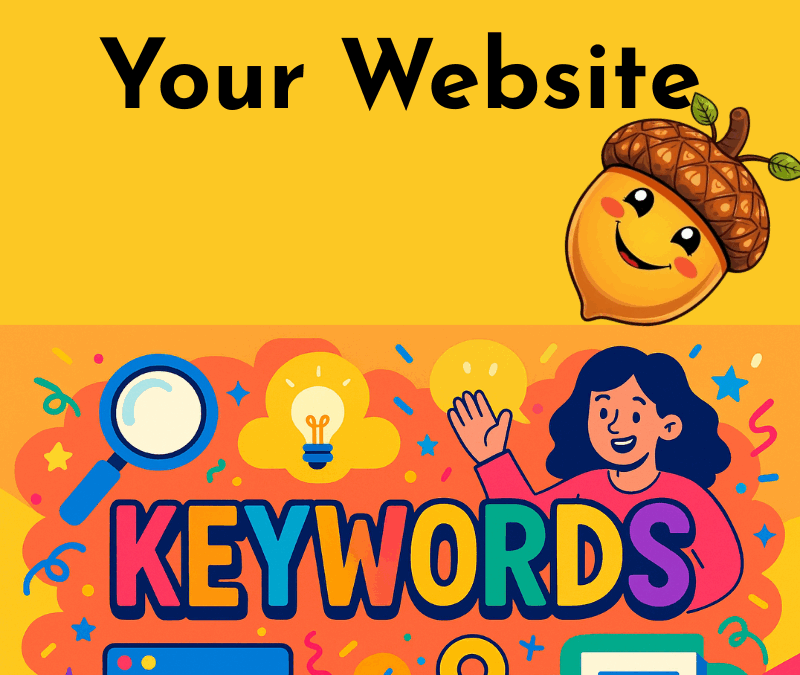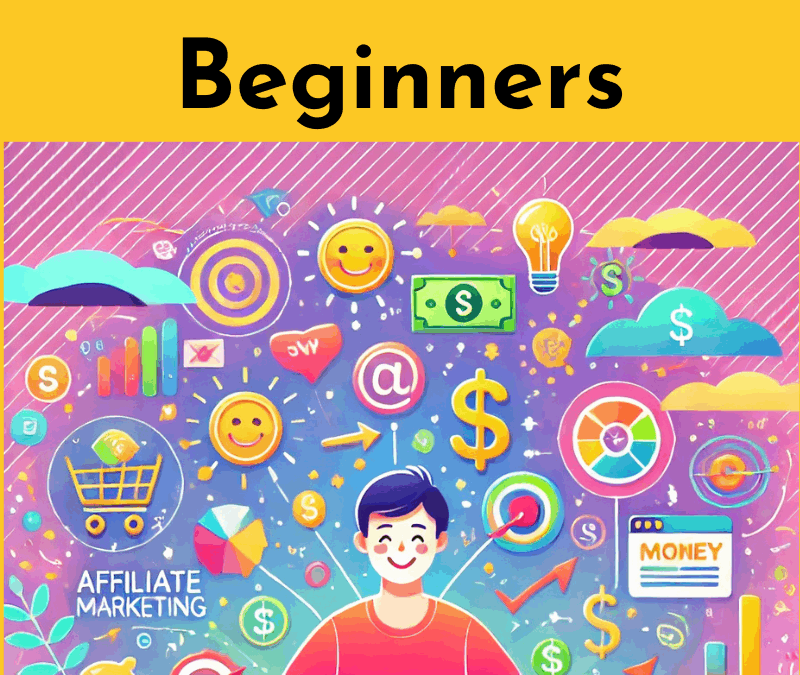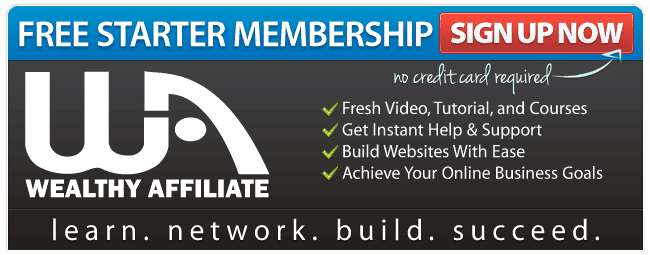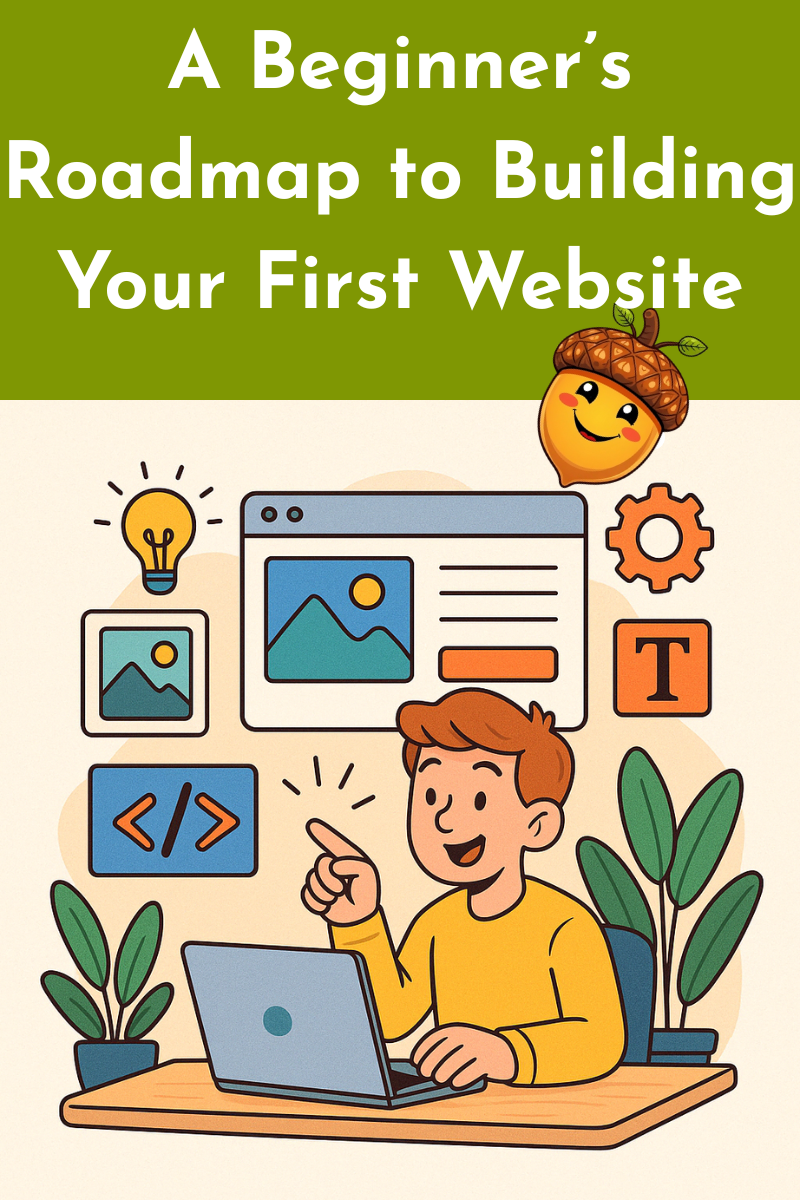Here’s a little transparency: My website contains affiliate links. This means if you click and make a purchase, I may receive a small commission. Don’t worry, there’s no extra cost to you. It’s a simple way you can support my mission to bring you quality content.

How Can I Get My Website Ranked Higher On Google
Getting your website ranked higher on Google might seem tricky, but it’s actually easier than you think once you know the steps. This guide will walk you through the process in simple terms so you can get started even if you have no prior experience.
Getting your website ranked higher on Google might seem tricky, but it’s easier than you think.
In this guide, you’ll learn how to rank higher on Google with simple, beginner-friendly steps.
1. How Google Works
Understanding how Google works is the first step to making your website appear in search results.
- Crawlers: Google uses programs called “crawlers” to browse websites, just like you browse the internet. These crawlers follow links from one page to another and collect information about each page.
- Indexing: The information collected by crawlers is stored in Google’s “index,” like a giant library. When someone searches for something, Google looks through this library to find pages that best match the search.

- Ranking: Google ranks the results it finds based on many factors, such as how relevant the content is, how trustworthy the website seems, and how fast the page loads.
Your job is to make your website easy for crawlers to find and ensure it has useful, trustworthy information for visitors.
2. Make Sure Google Can Find Your Website
If Google can’t find your website, it can’t display it in search results. Here’s what to check:
- Google Search Console: This free tool helps you see if Google can access your site. It shows problems like broken pages or technical issues.
- Don’t Block Google: Check that your website settings don’t block crawlers. Some websites accidentally tell Google not to look at certain pages using a robots.txt file or “noindex” settings.
- Sitemap: A sitemap is a file that lists all the pages on your website, like a map for Google. You can create one easily with most website builders (like WordPress). Once created, submit it through Google Search Console so Google knows where to look.
3. Write Useful Content
Good content is the heart of your website. If your content isn’t helpful, it won’t rank well on Google.
- What Makes Content Good? It should answer questions, solve problems, or provide useful information. For example, if you have a baking website, include recipes, tips, or troubleshooting guides.
- Use Keywords: Think about what people might type into Google to find your website. Use those words naturally in your text. For example, if someone might search “how to bake bread,” include this phrase in your content.
- Be Easy to Read: Write in short paragraphs, use bullet points when possible, and avoid complicated language.
Creating useful content is one of the most powerful ways to improve SEO. If you’re wondering how to rank higher on Google, quality content is your secret weapon.
4. Optimize Your Website (SEO Basics)
Search Engine Optimization (SEO) helps Google understand your website. You don’t need to be a tech expert to do these simple things:
- Titles and Meta Descriptions: These are what people see in Google search results. For example:
- Title: “5 Easy Cake Recipes for Beginners”
- Meta Description: “Learn how to make delicious cakes with these simple recipes. Perfect for beginners!”
- Headers: Use headings (like H1, H2) to organize your content. It’s like creating a table of contents for your page.
- Mobile-Friendly Design: Many people use their phones to search, so make sure your site looks good on smaller screens. Most website builders have mobile-friendly templates.
- Page Speed: A slow website can frustrate users and hurt your ranking. Compress images and avoid too many large files.
These simple tweaks help search engines understand your site—and help you rank higher on Google without needing tech skills.
5. Tell Google About Your Website
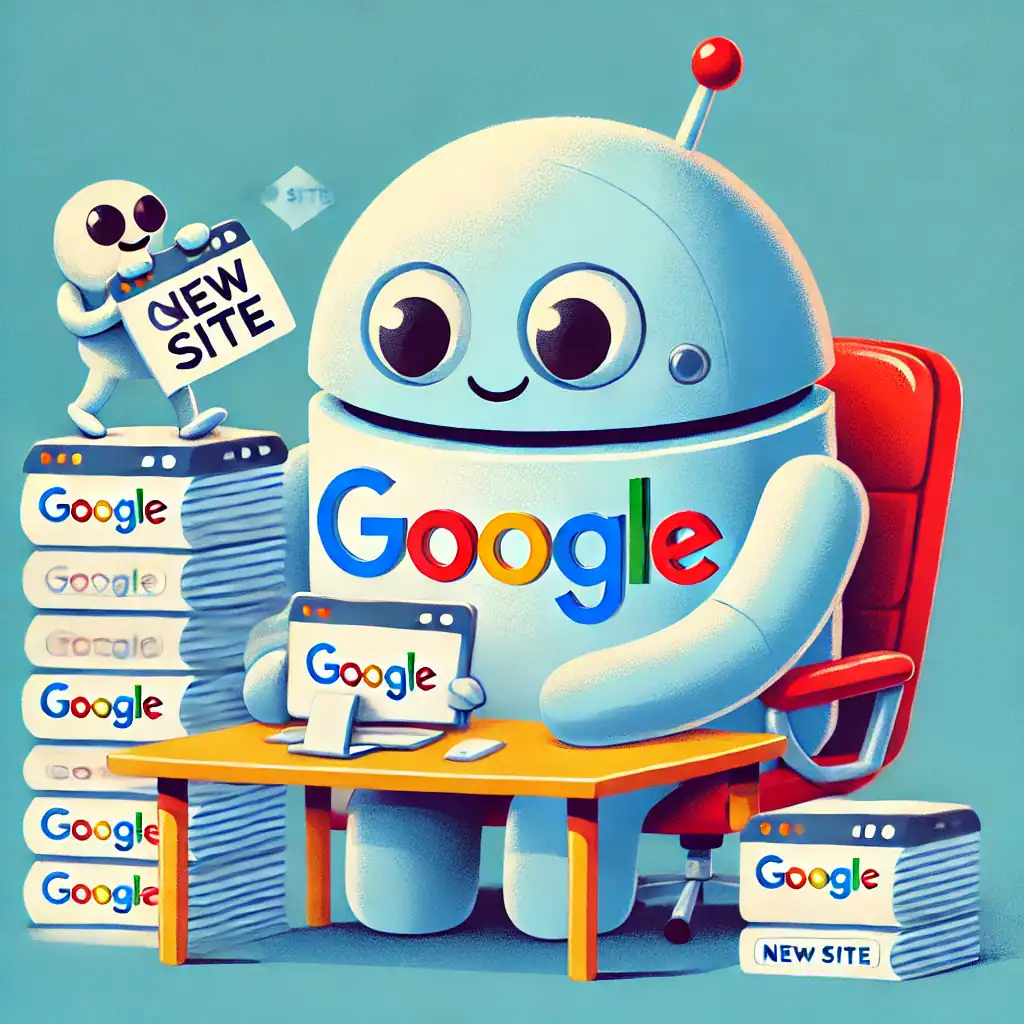
Even if your website is ready, you might need to give Google a little nudge to notice it.
- Submit Your Sitemap: Go to Google Search Console and upload your sitemap file. This tells Google exactly where to look.
- Request Indexing: If you add new pages or make changes, use the “URL Inspection Tool” in Search Console to tell Google to check them.
This speeds up the process of getting your pages into Google’s search results.
6. Get Other Websites to Link to You
Links from other websites help Google trust yours. When a trustworthy site links to your website, it’s like a recommendation.
- Ask for Links: If you know someone who has a website, ask them to link to yours if it’s relevant. For example, a local business might link to your services page.
- Create Shareable Content: Write helpful articles, guides, or resources that people will want to share. For example, a “Complete Beginner’s Guide to Plant Care” might get shared by gardening websites or blogs.
- Avoid Spammy Links: Don’t pay for links or use shady services that promise “thousands of backlinks.” Google can penalize your site for this.
7. Keep Your Website Updated
Google prefers websites that stay active and relevant. If your site is never updated, it might rank lower.
- Add New Content Regularly: Post blogs, updates, or new products regularly to show Google that your site is active.
- Fix Outdated Information: If you have old pages or content, update them to keep them useful.
- Follow Trends: For example, if it’s winter, create content like “Top Winter Recipes” or “How to Prepare Your Garden for Snow.”
8. Use Google My Business (For Local Businesses)
If you have a physical business, Google My Business is essential. It helps you show up in local searches and on Google Maps.
- Sign Up: Go to Google My Business and create an account.
- Fill Out All Details: Add your address, phone number, website, and hours. Make sure everything is accurate.
- Encourage Reviews: Positive reviews from happy customers improve your visibility. Politely ask your best customers to leave a review.
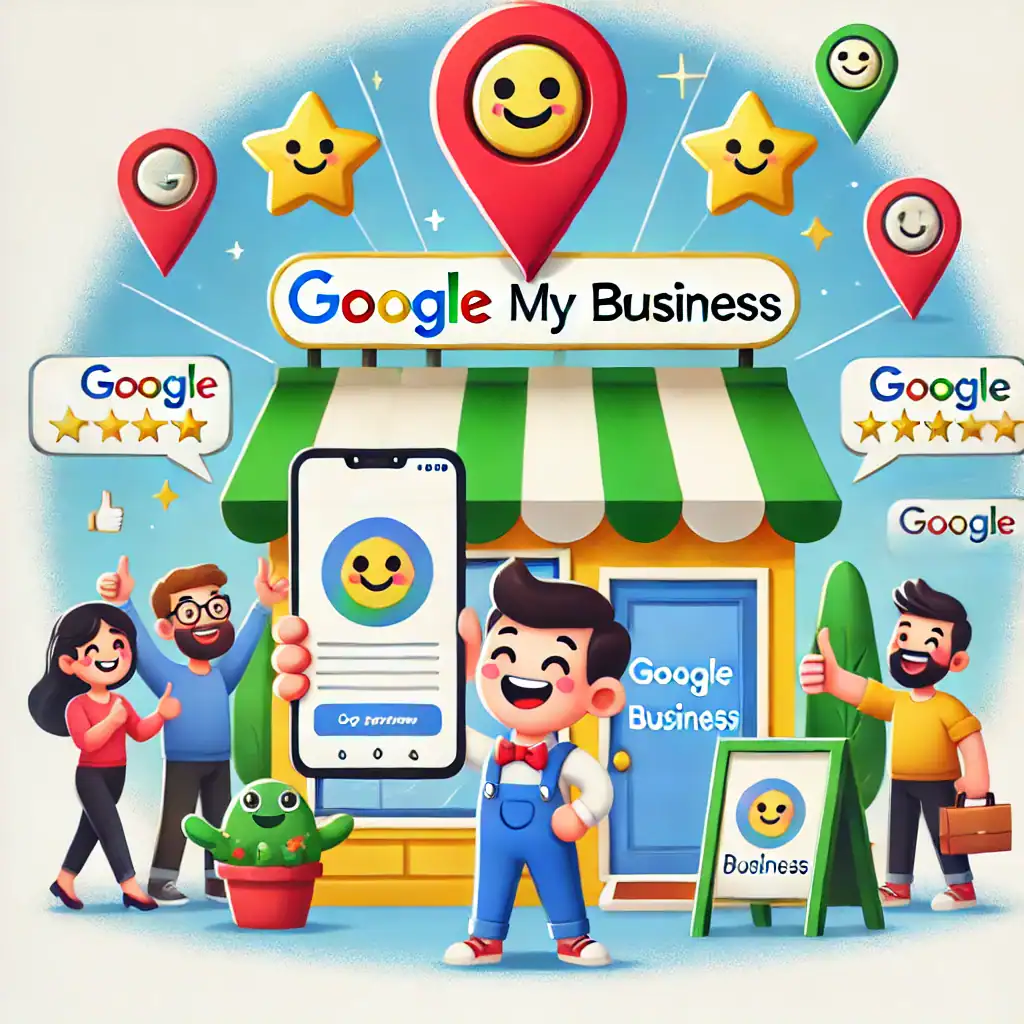
9. Monitor Your Progress
Once your website is live, it’s important to see how it’s doing.
- Google Analytics: This free tool shows you how many people visit your site, what pages they look at, and where they come from.
- Search Console Insights: Check which searches bring people to your site and which pages are most popular.
- Fix Problems: If you notice pages with errors or low traffic, work on improving them.
If you’re serious about learning how to rank higher on Google, tracking your progress is essential.
10. Follow Google’s Rules
Google has guidelines to ensure the internet remains helpful and safe for everyone. Follow these tips to stay in Google’s good books:-
- Be Honest: Don’t use tricks like stuffing your page with keywords or hiding text just for Google.
- Use HTTPS: This adds a small lock icon to your website’s address and shows visitors that it’s secure.
- Think About Visitors: Your website should focus on helping real people, not just impressing Google.
And Finally...
Getting your website ranked higher on Google takes time and effort, but it’s absolutely doable, even for beginners. Start by making your site easy to find, creating helpful content, and following these simple steps.
You’ll find some more information by clicking these links:-
Remember, it’s not about trying to “beat” Google—it’s about creating a website that’s useful, trustworthy, and easy to use. That’s what Google wants, and it’s what your visitors want too! Keep taking small steps and stay consistent—that’s how to rank higher on Google in a way that’s authentic and sustainable.
Are you already working on your SEO? Or just getting started with the basics? I’d love to hear how it’s going—drop a comment below and let’s figure it out together!
And if you’re looking for structured, step-by-step support, Wealthy Affiliate is where I got started, and it’s still one of my favourite resources for beginners.
Good luck, and happy website building.
Here’s a little transparency: My website contains affiliate links. This means if you click and make a purchase, I may receive a small commission. Don’t worry, there’s no extra cost to you. It’s a simple way you can support my mission to bring you quality content.



